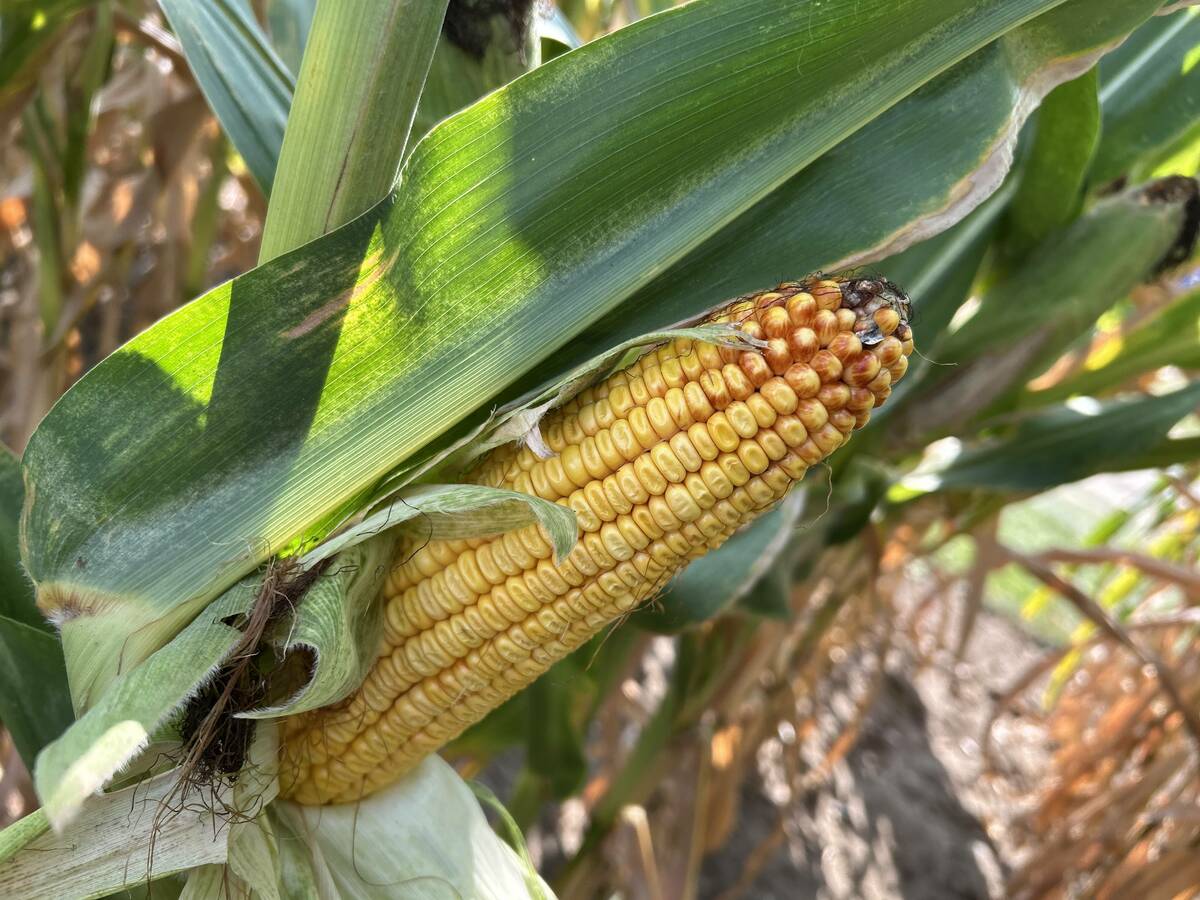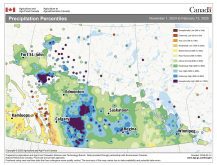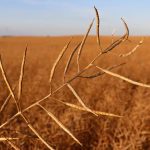This cattle market information is selected from the weekly report from Canfax, a division of the Canadian Cattlemen’s Association. More market information, analysis and statistics are available by becoming a Canfax subscriber by calling 403-275-5110 or at www.canfax.ca.
Packers have plenty
In spring, leverage usually begins to shift from the packer to the cattle feeder, but packers are comfortably bought and some have reported that February contract cattle have not been shipped yet. Packers have a lot of cattle around them, so the seasonal shift of leverage might be delayed.
Read Also

Crop estimates show mixed results
Model-based estimates used by Statistics Canada showed the 2025/26 crop year has seen increases in canola, corn for grain, oats and lentils production while seeing dips in spring wheat, durum wheat, soybeans and barley in comparison to 2024/25.
Year-to-date western Canadian fed slaughter is 11,500 head larger than last year, and exports to the United States are about 4,500 head higher than last year. Based on Alberta-Saskatchewan cattle-on-feed data, placements of 700+ pound feeders from July to September 2021 were up 86,000 head compared to the previous year.
Fed cattle prices have trended mostly sideways over the past month, averaging in the low $160s per hundredweight. Competition on the cash market last week was limited. With the potential strike at Canadian Pacific Railways, one packer was not bidding on fed cattle.
Dressed sales were reported from $272-$275 per cwt. delivered and scheduled for the week of April 11 delivery. Traditionally fed calves don’t hit the market until early May, but the calf run started earlier than normal last year so more fed calves are expected to be available in April.
In Ontario, dressed sales were reported from $290-$293 per cwt. delivered, fully steady with the previous week.
Beef demand remains strong, but inflation is taking a toll on consumers. With higher prices for gasoline, food and the cost of borrowing, it will be important for beef to stay price competitive against other proteins to maintain market share.
In the U.S., dressed sales in Iowa and Nebraska ranged from US$219-$222 per cwt., $3-$4 per cwt. lower than the previous week. Live sales in Texas and Kansas were at $138 per cwt., $2 per cwt. weaker. For the week ending Feb. 25, beef cow slaughter totalled more than 71,000 head. For the end of February, it was the second largest slaughter in 35 years.
Cow prices rises
Seasonally improved beef demand for grilling and food service continues to be supportive of non-fed cattle prices, which firmed higher last week.
Slaughter D2 cows traded almost $3 per cwt. higher than the previous week at $93.69 per cwt. as prices continue to climb higher. D3s averaged $81.90. Dressed cow bids rallied $5 per cwt. higher than the previous week with reports of $180-$185 per cwt. delivered.
Butcher bull prices firmed modestly to a new annual high and are more than $11 per cwt. higher than a year ago at $116 per cwt. Good demand is expected to continue this week, and prices should strengthen as the weather warms.
Feeder prices converge
Alberta feeder prices were modestly lower last week and converged with Saskatchewan, where prices were slightly higher. Steer calf prices were comparable across the Prairies. Buying interest for larger feeders and heifer calves shifted to the softer Manitoba feeder market, and a significant volume will head to Alberta and Ontario.
Middle weight 400-600 lb. Alberta calves eased $1.50 per cwt. lower, while similar weight heifers traded steady. Large calves and feeders heavier than 600 lb. saw prices ease around $1-$2.50 per cwt. lower. Large feeders heavier than 900 lb. saw continued good demand, and prices were steady.
Price premiums for deferred delivery of large feeders continued, providing a beneficial reduction of days on feed while feed stocks are tight and expensive.
Auction volumes were bolstered by some special feeder sales last week, up 14 percent from the previous week at 35,690 head. Year-to-date auction volumes broke below a year ago for the first time in seven weeks, down one percent at 284,693 head.
Feeder exports to the United States for the week ending Feb. 26 eased 23 percent lower than the previous week to 7,842 head. Feeder exports the week before were at an annual high and the largest since March 2019. Year-to-date feeder exports continue to be significantly larger than a year ago at 47,897 head.
Lacklustre feeder demand is anticipated this week for the local market, but good demand should continue from Eastern Canada and south of the border where feeding costs are lower. A potential Canadian Pacific Railway walkout could fuel feedgrain supply disruptions.
Cutouts stable
In U.S. beef trade, cut-out values seem to have bottomed out. Choice averaged US$253.94 and Select averaged $247.37.














